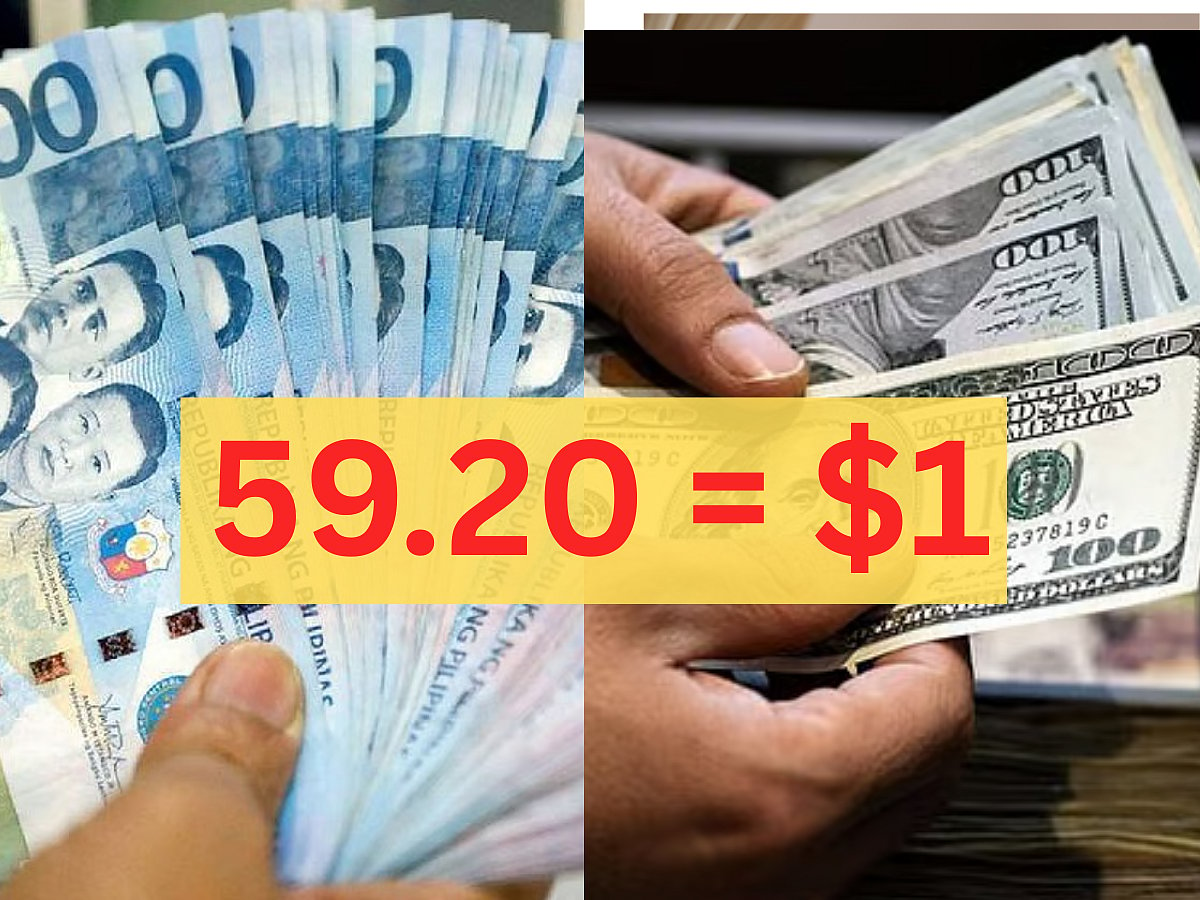Philippine peso sinks to record-low ₱59.20 vs US dollar: Remit now?
Slide comes amid market concerns over economic outlook amid infrastructure scams exposed

Manila: The Philippine peso weakened to a record-low intraday level of ₱59.20 against the US dollar on Tuesday, amid growing market concerns over the country’s economic outlook and the government’s ongoing crackdown on irregularities in infrastructure spending.
Despite the slide, the Bangko Sentral ng Pilipinas (BSP) assured that it would continue to let market forces dictate the peso’s value, stepping in only to temper excessive volatility.
“We continue to maintain robust reserves. When we do participate in the market, it is largely to dampen inflationary swings in the exchange rate over time rather than to prevent day-to-day volatility,” the BSP said in a statement.
Data from the Bankers Association of the Philippines showed that the peso’s weighted average stood at ₱59.098 to the dollar as of Tuesday morning.
All-time low
The intraday low of ₱59.20 marked a new all-time record for the local currency.
The peso had already shown weakness at the start of the week, closing at ₱58.90 on Monday from ₱58.625 on Friday.
According to the BSP, the recent depreciation reflects market worries about a potential slowdown in economic growth — partly driven by the infrastructure spending controversy — and expectations of further monetary policy easing by the central bank.
Still, the BSP emphasized that the peso remains backed by strong fundamentals, including “resilient remittance inflows, still relatively fast economic growth, low inflation, and ongoing structural reforms.”
Impact on remittances
A lower peso, in general, means increased purchasing power for OFW families.
For expat Filipino sending money home, a weaker peso means their dollars buy more pesos.
For example, a $1,000 remittance would now be worth ₱59,20 instead of, say, ₱58,000 at a stronger exchange rate.
This increase in local currency can enhance the purchasing power of families in the Philippines, potentially covering more expenses or savings.
As of October 28, 2025, the peso's depreciation to ₱59.20 follows a year of volatility, driven by global factors like US policy uncertainties under President Trump and domestic issues such as import reliance and slower export recovery.
Historical comparison
The peso's weakness in 2025 mirrors patterns seen in previous years, such as the 10.5% depreciation in 2022 and 4.2% in 2024, often linked to global economic shifts and local fiscal policies.
Despite these fluctuations, remittances have remained resilient, with OFWs continuing to send money home, albeit with varying impacts on real value due to exchange rates.
Studies, such as those by the Asian Development Bank, suggest that remittances can stabilise consumption during economic downturns but may not directly boost long-term growth.
The 2025 scenario, with a weaker peso, might see increased remittance flows as OFWs compensate for the currency's decline, but this could also strain their foreign earnings if their host countries' economies are similarly affected.
Sign up for the Daily Briefing
Get the latest news and updates straight to your inbox
Network Links
GN StoreDownload our app
© Al Nisr Publishing LLC 2025. All rights reserved.